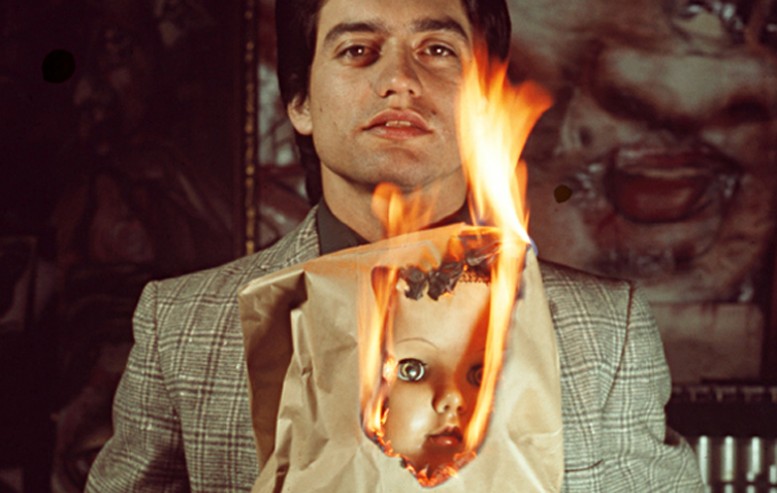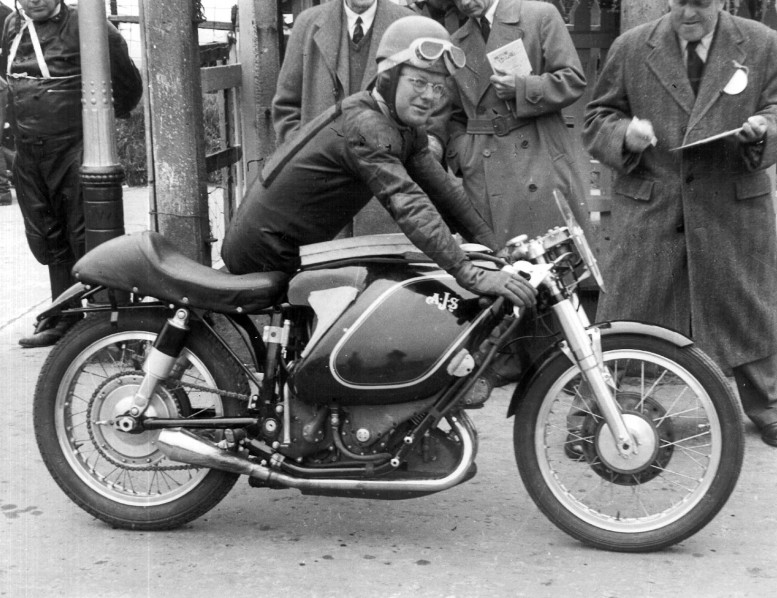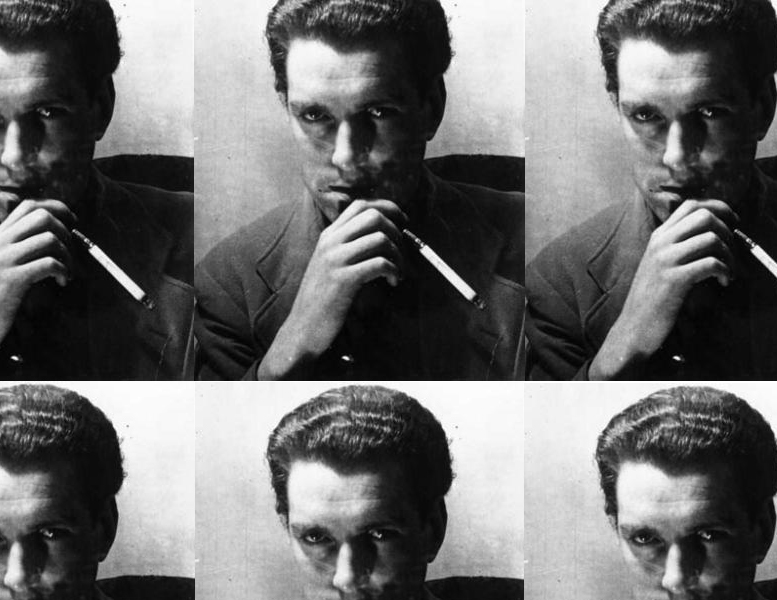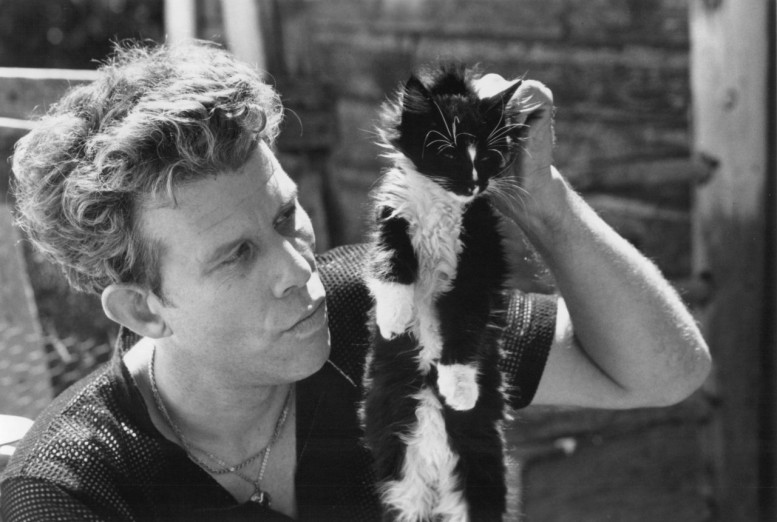On November 8, Kurt Vile will releases a brand-new 6-song EP on the 12″ vinyl and digital formats, entitled So Outta Reach. The EP contains 5 original songs initially recorded during the sessions for Smoke Ring For My Halo but not used for the album, which were reworked with producer John Agnello this summer. In addition, the EP contains a cover of Bruce Springsteen’s “Downbound Train.” Listen to "The Creature" below...
Elite of the Obscure
 Harry Gamboa, Jr, Cruel, 1975. Super-8 film. Showing Willie Herrón III
Harry Gamboa, Jr, Cruel, 1975. Super-8 film. Showing Willie Herrón III
This September, The Los Angeles County Museum of Art (LACMA) presents Asco: Elite of the Obscure, A Retrospective, 1972–1987, the first retrospective to present the wide-ranging work of the Chicano performance and conceptual art group Asco. Geographically and culturally segregated from the still-nascent Los Angeles contemporary art scene and aesthetically at odds with the emerging Chicano art movement, Asco members united to explore and exploit the unlimited media of the conceptual. Creating art by any means necessary — often using their bodies and guerilla tactics—Asco merged activism and performance and, in doing so, pushed the boundaries of what Chicano art might encompass. Asco: Elite of the Obscure includes nearly 150 artworks, featuring video, sculpture, painting, performance ephemera and documentation, collage, correspondence art, photography (including their signature No Movies, or invented film stills), and a series of works commissioned on occasion of the exhibition. Asco: Elite of the Obscure is on view at the Los Angeles Contemporary Museum of Art September 4 to December 4.
SO TATTED


SHARKY'S tats. Denim motorcycle vest by STAND AND DELIVER. Los Angeles, 2011. photography by OLIVER MAXWELL KUPPER
Oliver in Vegas

Oliver Maxwell Kupper in front of bad hotel art. Las Vegas, Nevada – a place to dash your dreams. Photograph by Dr. Goldstein.
[FAST] The Porcupine Racing Motorcycle
 Rod Coleman on the AJS E95 'Porcupine' in 1954
Rod Coleman on the AJS E95 'Porcupine' in 1954
The Bonhams Quail Lodge auction opens today in Carmel, California which presents a nice collection of rare automobiles, motorcycles and 'automobilia.' Lots include artist Frank Stella's 'Polar Coordinates' design, 1979 BMW M1 Pro-car and the pictured above Porcupine racing motorcycle - one of only four built. Bonham's Quail Lodge auction is on today August 18 and tomorrow the 19th.
[BOOKS] PATTI SMITH & TOM WAITS
Dancing Barefoot: The Patti Smith Story by author Dave Thompson – Dancing Barefoot is a measured, accurate, and enthusiastic account of Smith’s career. Guided by interviews with those who have known her—including Ivan Kral, Tom Verlaine, Richard Lloyd, John Cale, and Jim Carroll—it relies most of all on Patti’s own words. This is Patti’s story, told as she might have seen it, had she been on the outside looking in. You can purchase the book here.
Tom Waits on Tom Waits: Interviews and Encounters, edited by Paul Maher, Jr. – Tom Waits on Tom Waits is a selection of over fifty interviews from the more than five hundred available. Here Waits delivers prose as crafted, poetic, potent, and haunting as the lyrics of his best songs. Available on Chicago Review Press
Another Day in Paradise
 Adarsha Benjamin and Oliver Maxwell Kupper in the pool, Los Angeles, California - year of our lord two thousand and eleven. Photography by Bethany McCarty.
Adarsha Benjamin and Oliver Maxwell Kupper in the pool, Los Angeles, California - year of our lord two thousand and eleven. Photography by Bethany McCarty.
Original Raconteurs: Julian Maclaren-Ross
 Photo assemblage of a portrait of Julian Maclaren-Ross
Photo assemblage of a portrait of Julian Maclaren-Ross
Editor Alan Ross begins his Introduction to Julian Maclaren-Ross’s Memoirs of the Forties with his claim that the book is the “front-line account of Bohemian wartime Soho by its longest-serving combatant.” Maclaren-Ross, a skilled raconteur held resident court at the Wheatsheaf Pub in “Fitzrovia,” an area popular with artistic types decked out in full dandy regalia, reminiscent of Oscar Wilde, which included a carnation in his buttonhole, extravagantly tailored suits, a teddy bear coat, and a silver topped cane. His signature flourish was the long cigarette holder he used to consume exotic tobacco. (He is said to have smoked up to fifty cigarettes a day.) His apparent flamboyance, however, belied the clarity and concision of his economic prose, delivered in a style not unlike his Modernist contemporary and one-time literary hero, Hemingway, although with much less gravity, and a great deal more irreverence and sly humor.
Maclaren-Ross’ short stories about his experience as a soldier during WWII and the blatant absurdities of military life gave him his first taste of success and he later went on to write novels, radio plays, literary satires, critical essays, and noir fiction. He was also an excellent translator having been educated, for the most part, in the south of France. However, Maclaren-Ross’s love of women and alcohol, his inability or refusal to conform to convention meant that he spent much of his life firmly entrenched at the poverty line. As his biographer Paull Willetts puts it, he was the "mediocre caretaker of his own immense talent."
In Memoirs of the Forties, unfinished at the time of his death, the author recounts in vivid detail his experiences in London during that decade and his personal dealings with other major-players of the era – Dylan Thomas, Graham Greene, the painters John Minton, Robert Colquhoun, Robert Macbryde, and others.
Certain anecdotes stand out for the way in which they shed light on famous or inscrutable personalities, such as Maclaren-Ross’ description of the time the grand mage, Aleicester Crowley, borrowed a copy of one of his short story collections, The Nine Men and returned the work with copious notes scribbled furiously in the margins. Maclaren-Ross describes them as “rather petulant old-world comments, such as: ‘Yes, yes, all very well, but why doesn’t he tell us what the girl’s background is?! Who are her people?!!’ and so on.” Crowley goes on to tell their mutual friend, who lent him the book, “Well next time you see him, tell him to be more precise about his characters’ origins. He seems to ignore all the traditional social values that make up the fabric of our civilization.’” Maclaren-Ross’ response was, “since I’d always understood that Crowley’s mission as Worst Man in the World was to tear this fabric down, [his comments] amused me quite a lot. But then maybe all diabolists are conservative at heart, or where would be the fun?”
Memoirs of the Forties and other of Julian Maclaren-Ross’ works can be found on Amazon.com.
Text by Anna Wittel



